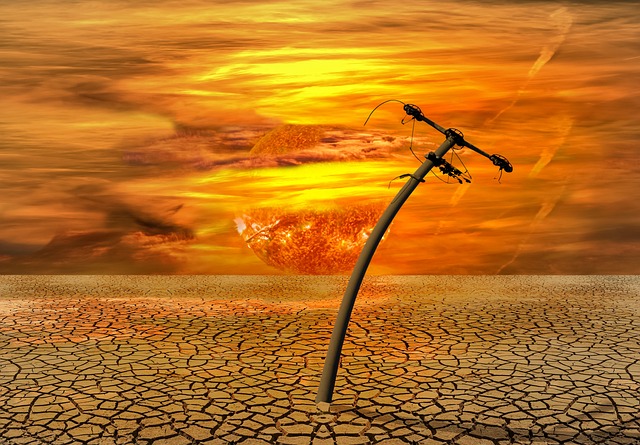The Rising Challenge of Greenhouse Gases and Tengerszint
In recent years, the term greenhouse gases has become a critical focus in discussions about our planet’s health. Within the Tengerszint category, which encompasses everything related to sea levels and coastal environments, the impact of these gases is profoundly felt. As these gases accumulate in the atmosphere, they trap more heat and accelerate global warming, directly influencing the climate change phenomenon that threatens natural ecosystems and human settlements alike.
Understanding How Greenhouse Gases Affect the Environment
At the heart of environmental concerns lies the accumulation of greenhouse gases—primarily carbon dioxide, methane, and nitrous oxide. These gases are released through burning fossil fuels, deforestation, agriculture, and various industrial processes. Their presence intensifies the greenhouse effect, raising the Earth’s average temperature. A warmer planet means melting ice caps and glaciers, which leads to the raising of Tengerszint or sea levels.
The increase in sea levels has devastating consequences for coastal regions. Rising waters lead to erosion, loss of habitat for plants and animals, increased flooding, and even displacement of human communities. For many who live in low-lying areas, these environmental changes are not hypothetical but a rapidly approaching reality.
Climate Change: The Interconnected Crisis
Greenhouse gases are not just numbers on a scientific chart; they represent a changing world where weather patterns grow more unpredictable and extreme. Climate change induced by these gases intensifies hurricanes, droughts, and heatwaves—events that further disrupt natural and human systems. For readers who are connected to the Tengerszint category, understanding these cascading effects offers insight into how climate shifts shape daily life, economy, and future prospects.
Protecting the environment and mitigating the impact of greenhouse gases requires concerted global efforts. Reducing emissions by transitioning to renewable energy sources, preserving forests, and adopting sustainable agricultural practices are key strategies. Additionally, supporting coastal resilience projects can help communities adapt to rising Tengerszint and changing climate conditions.
As we deepen our awareness of the link between greenhouse gases and Tengerszint, we empower ourselves to advocate for meaningful action. In embracing this challenge, we acknowledge the urgency of safeguarding both our environment and future generations from the profound consequences of climate change.




